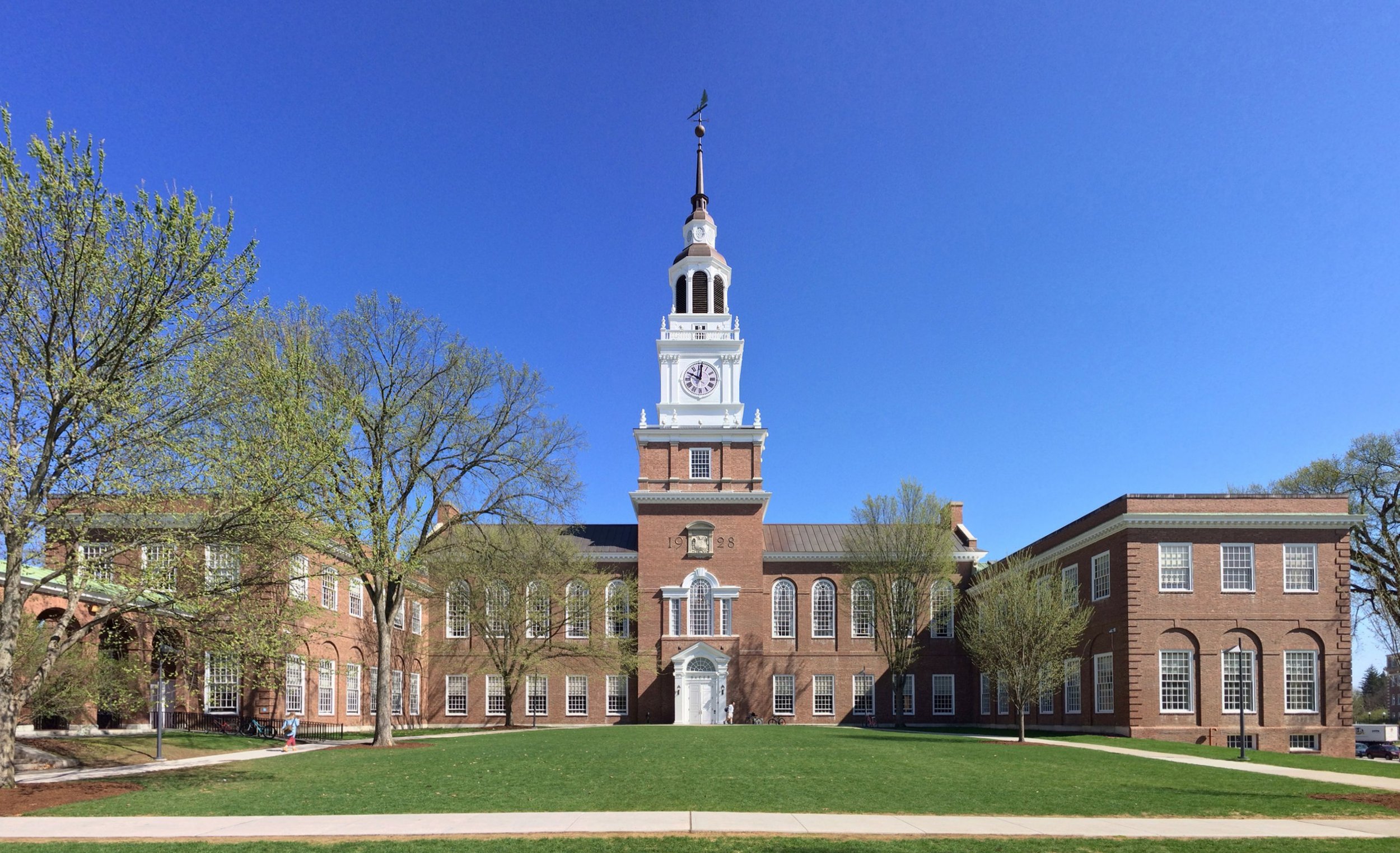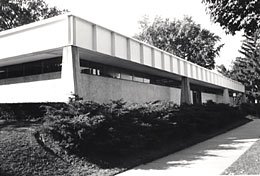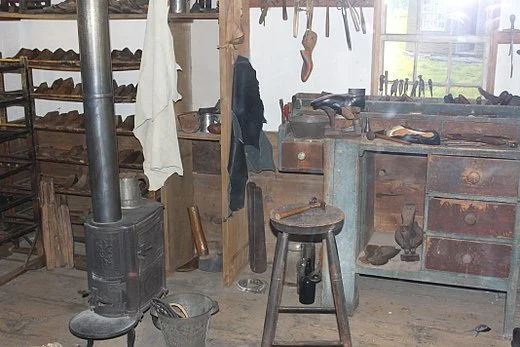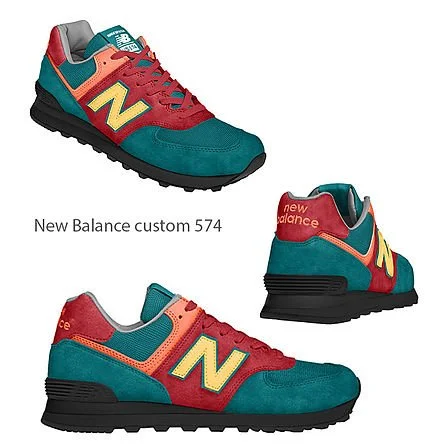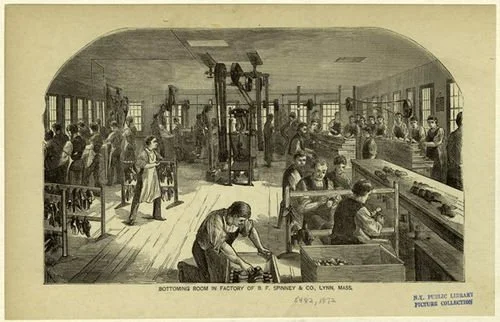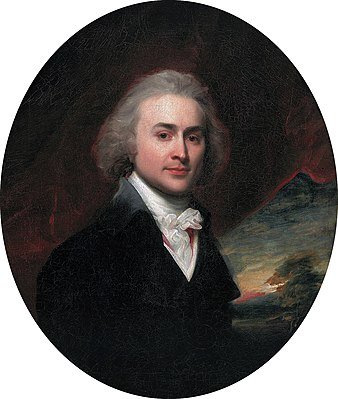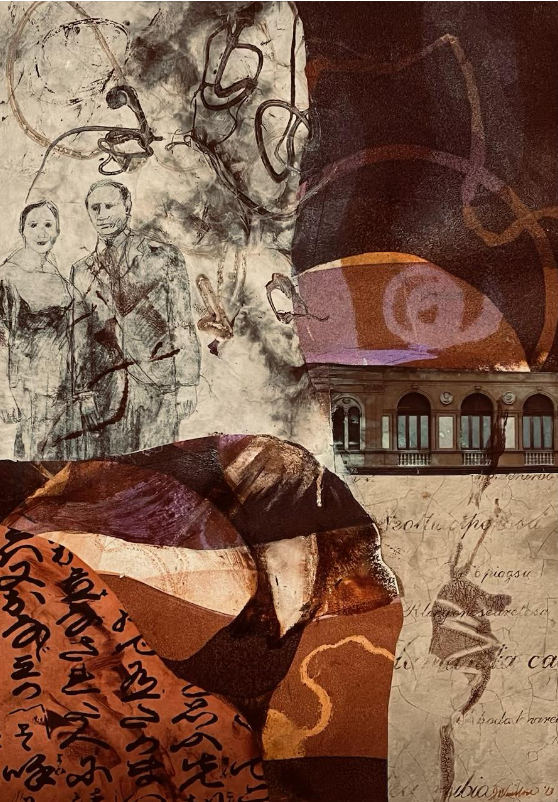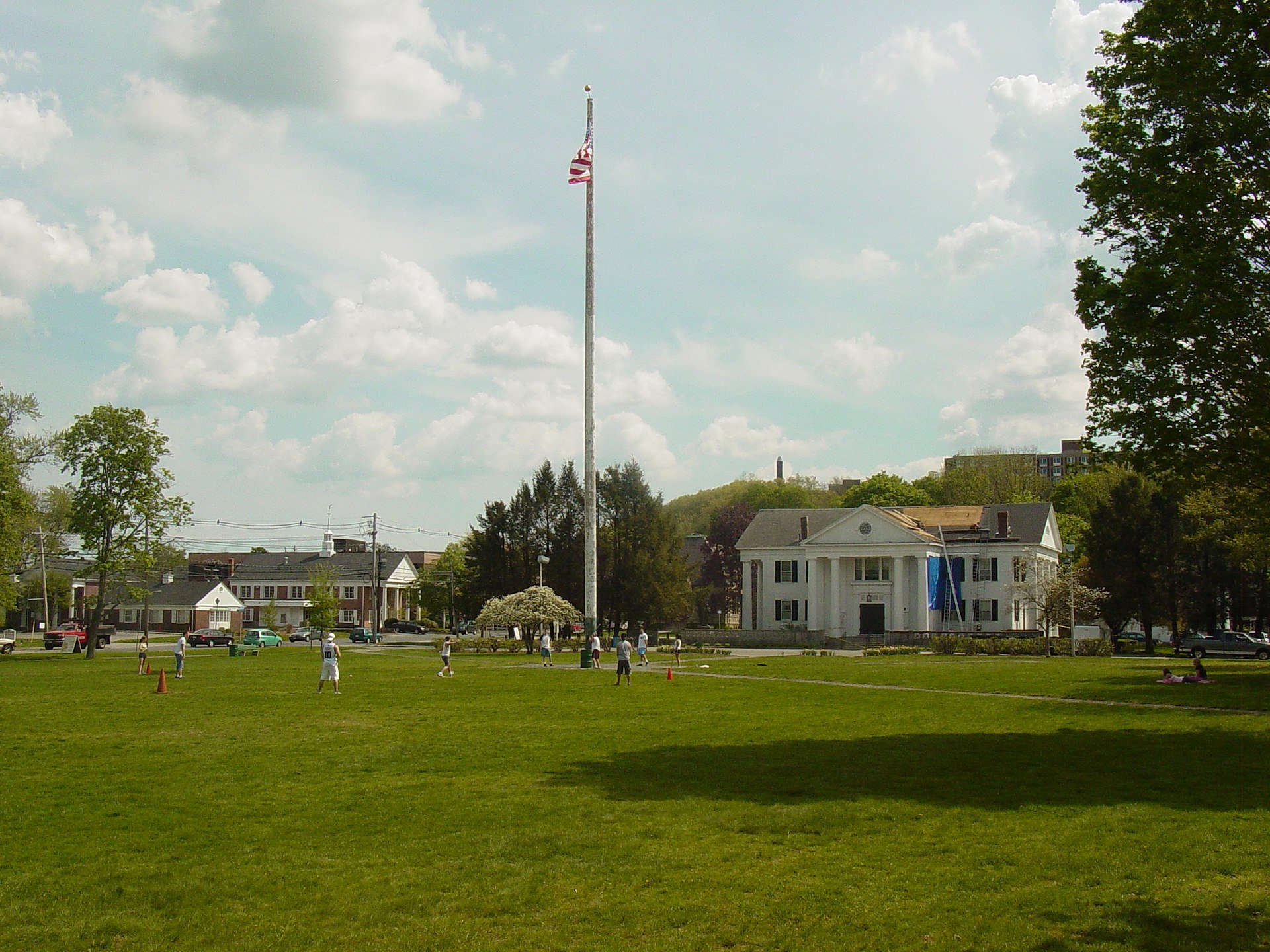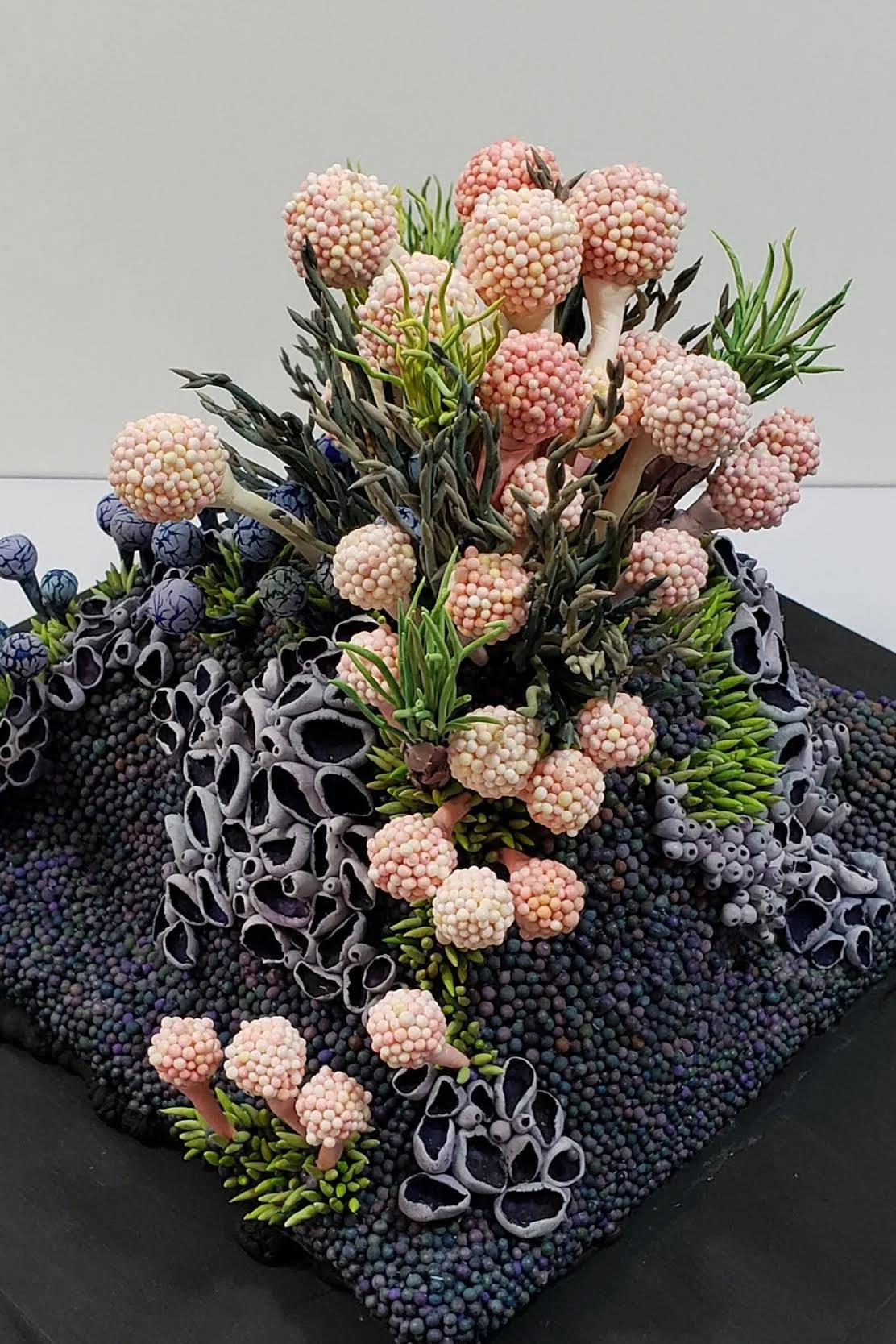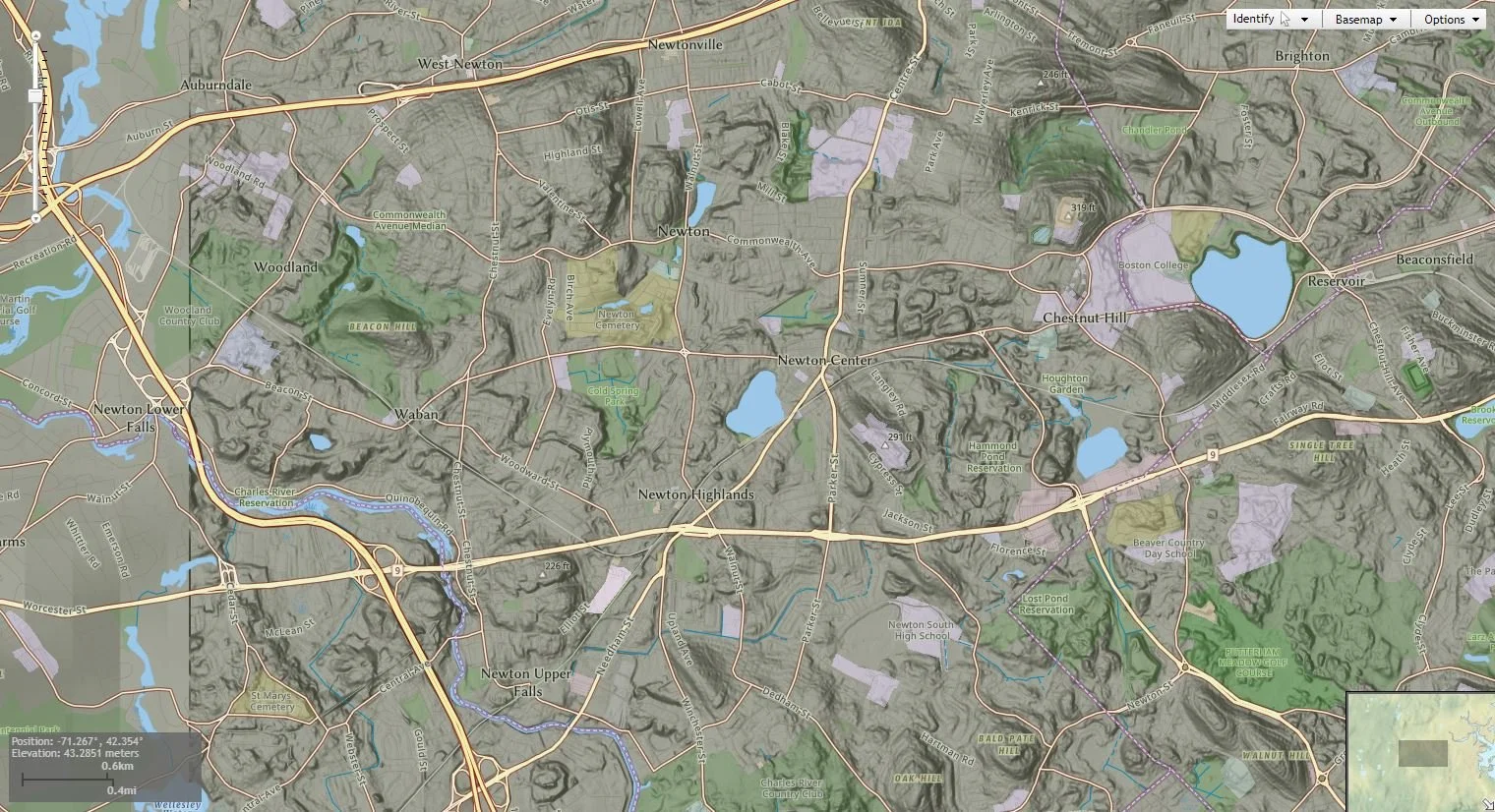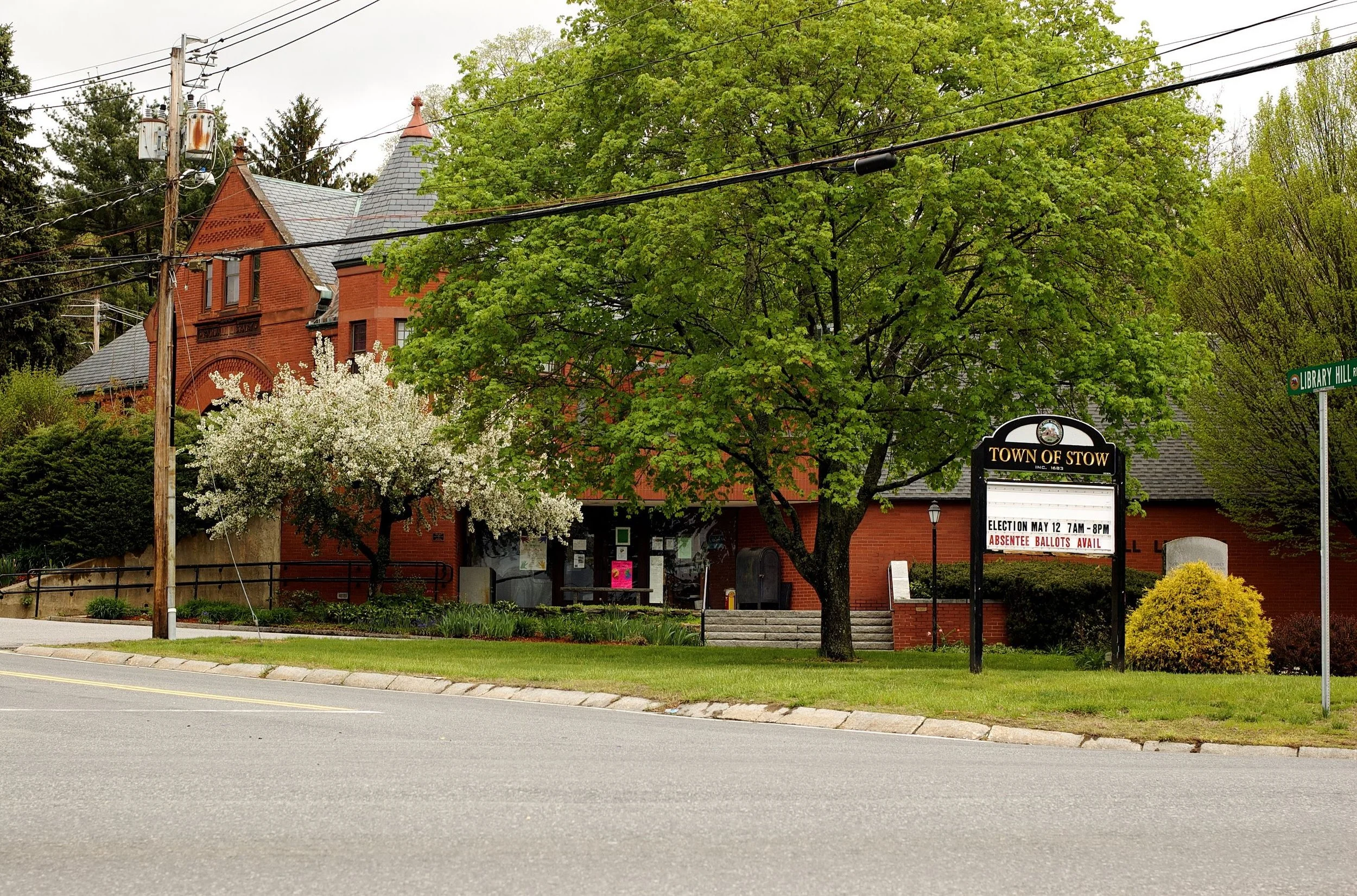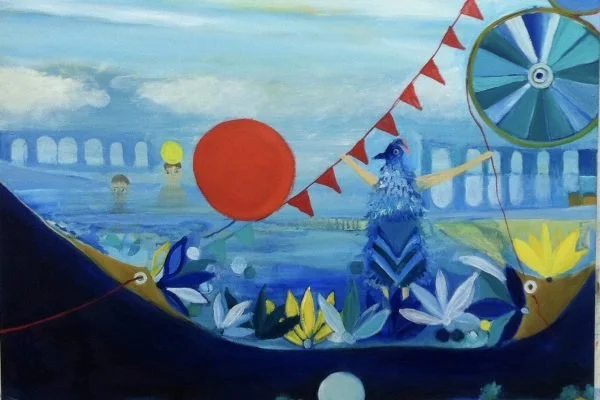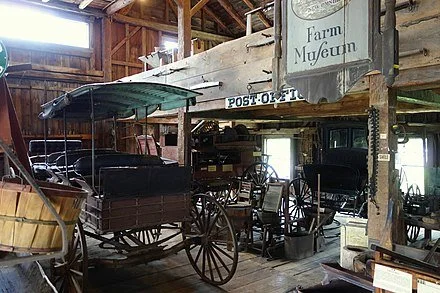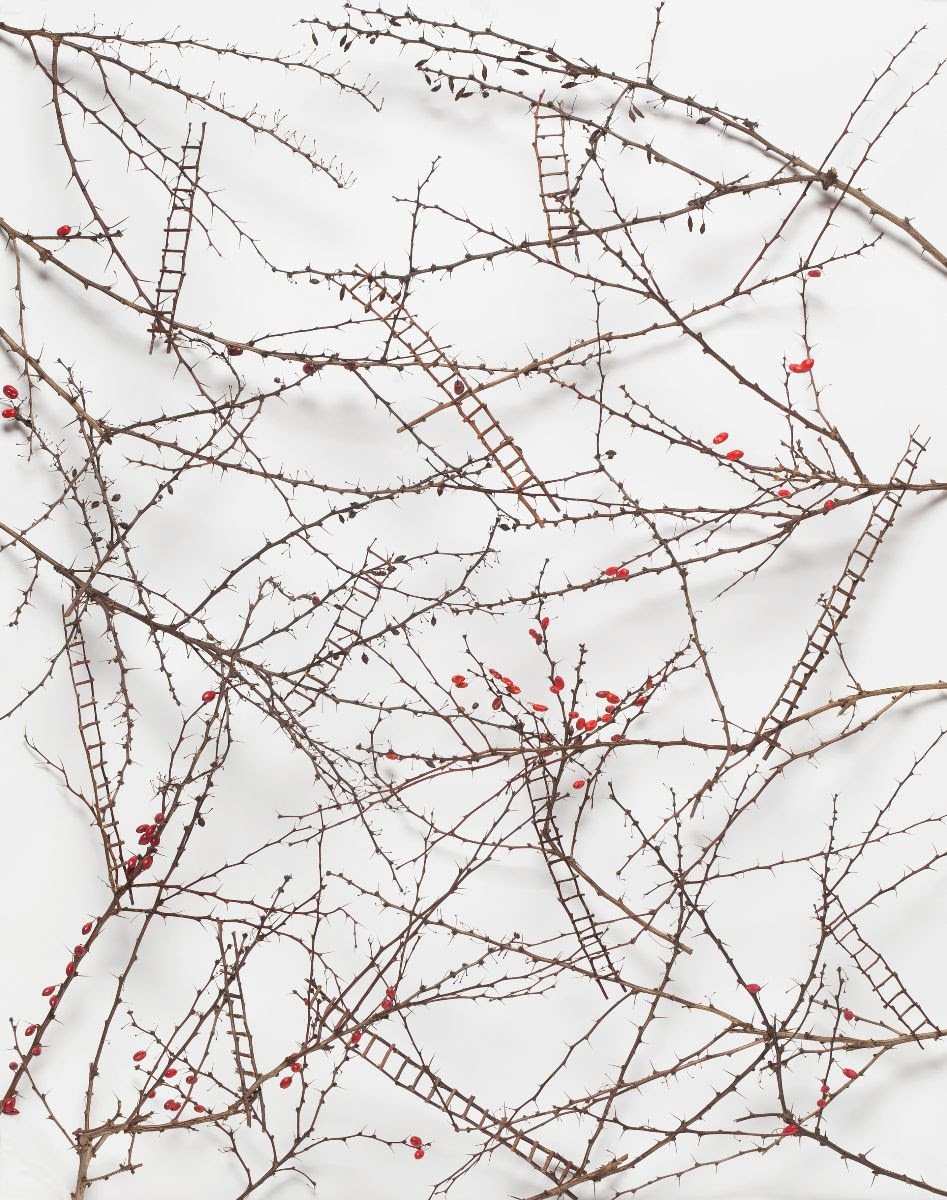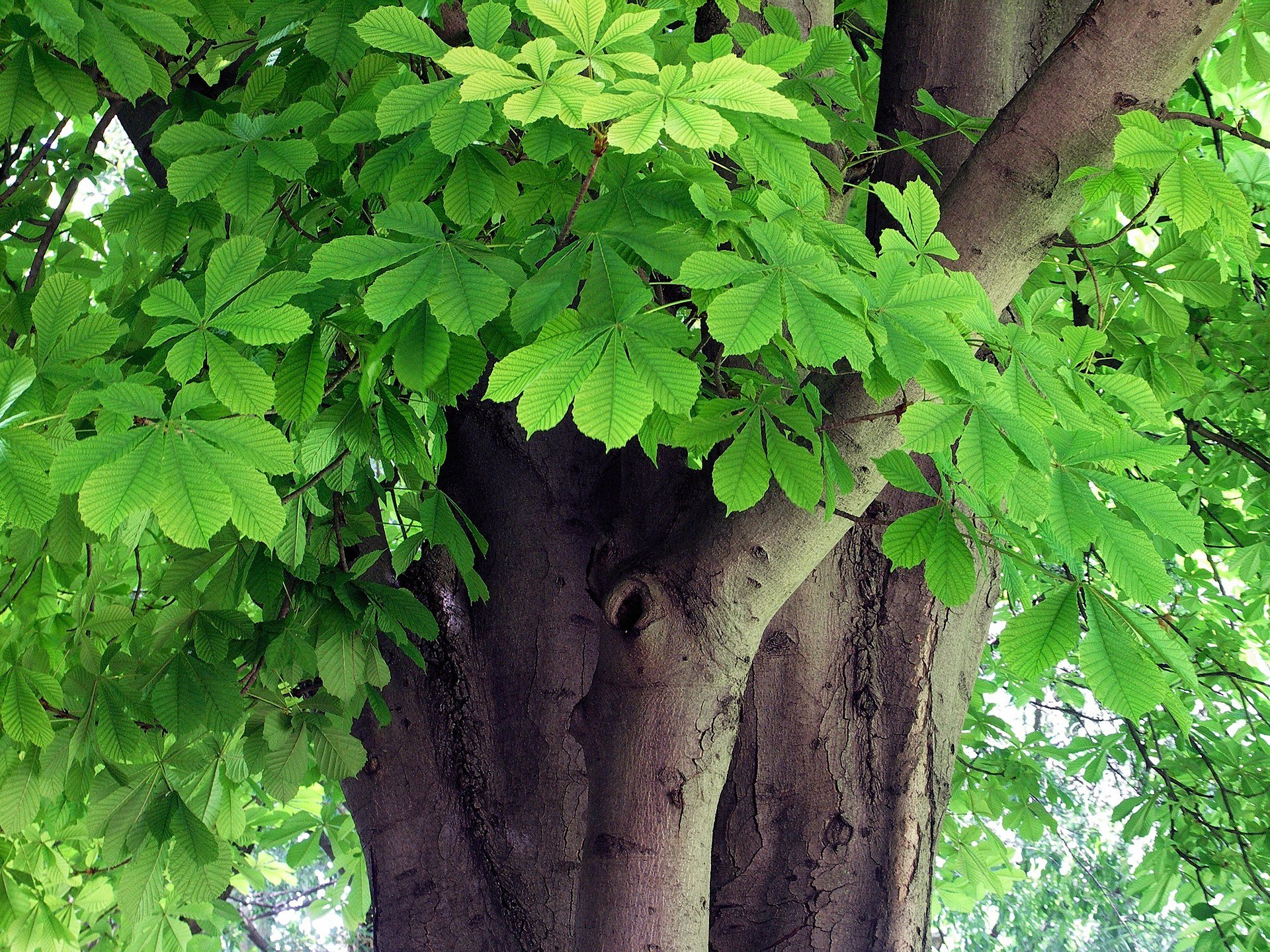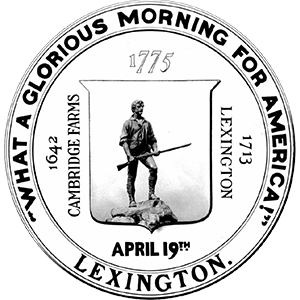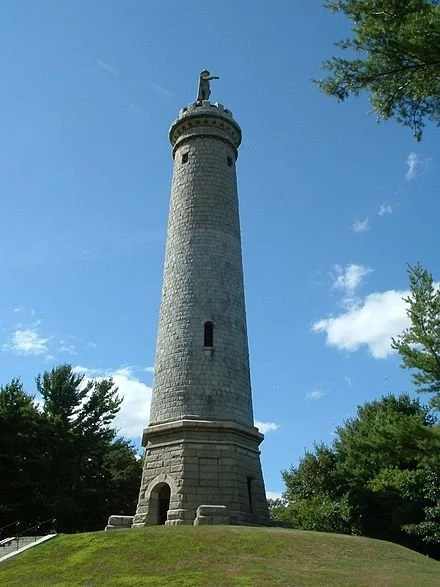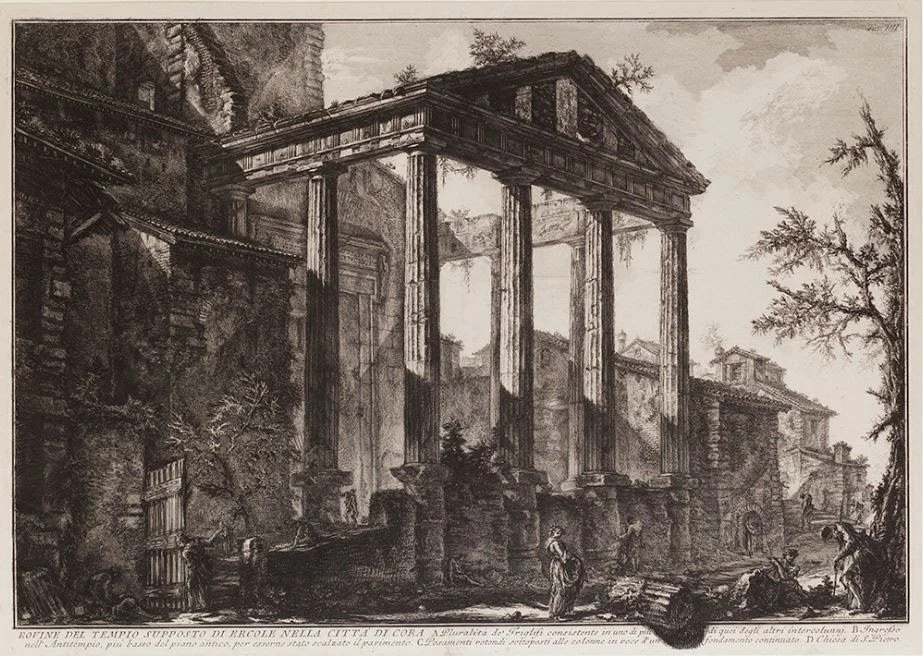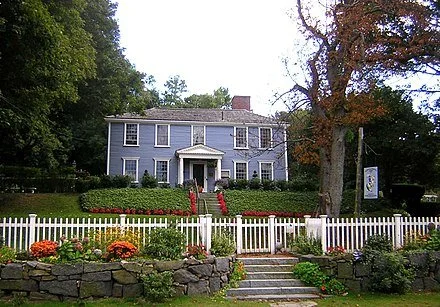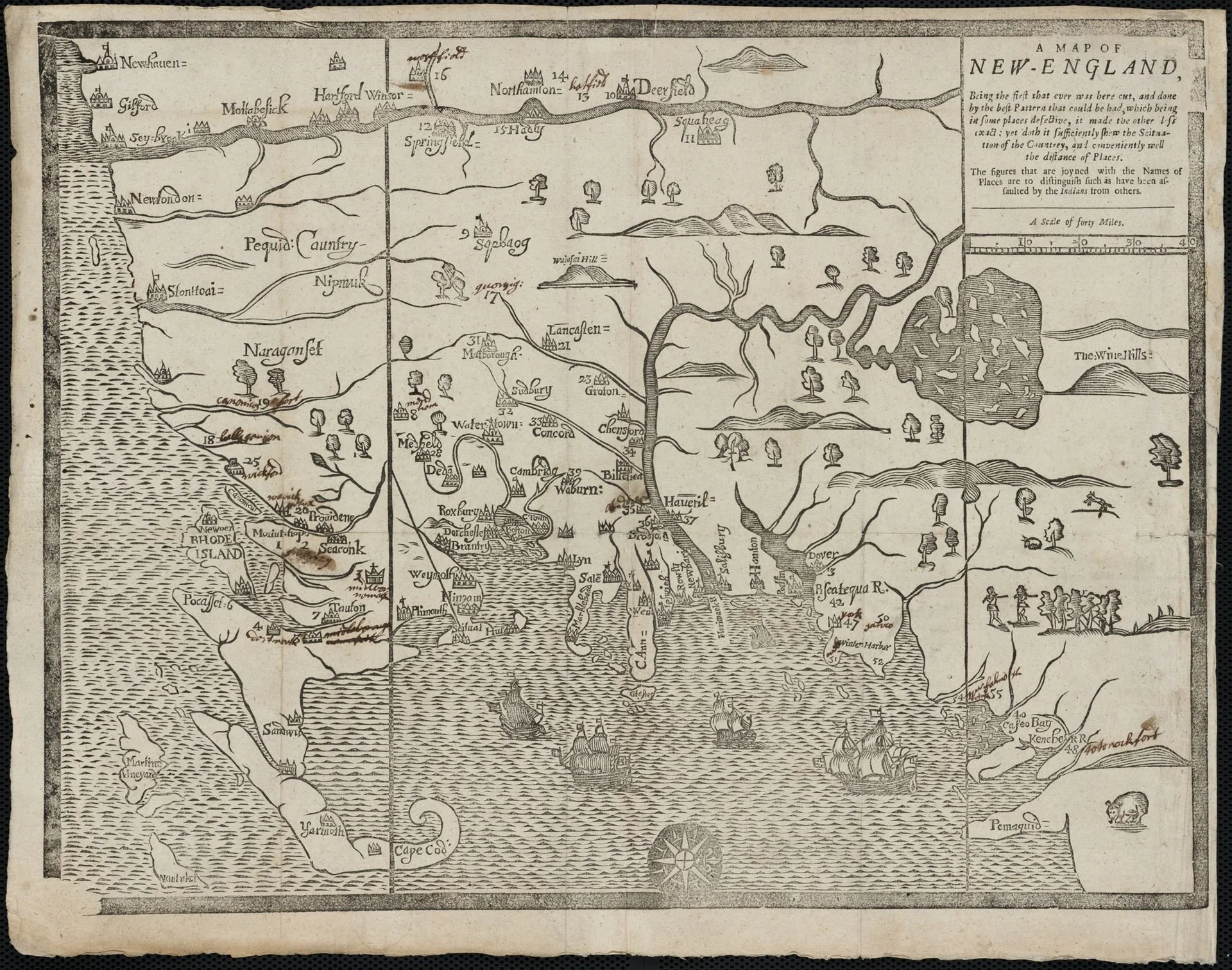
Providing access to ‘blue data’
Edited from a New England Council report:
“MITRE is launching the BlueNERVE Network to provide secure, real-time access to maritime data and testing resources for organizations involved in maritime technology research. The initiative is supported by a $2.2 million grant from the Massachusetts Technology Collaborative and the administration of Gov. Maura Healey.
{Mitre is a not-for-profit organization with dual headquarters in Bedford, Mass., and McLean, Va. It manages federally funded research and development centers supporting various U.S. government agencies in aviation, defense, health-care, homeland security and cybersecurity, among others.}
“The network aims to facilitate the growth of the global Blue Economy by offering researchers and entrepreneurs access to ‘blue data’ to drive new discoveries, innovations and companies. BlueNERVE will connect various institutions, including universities and research centers, allowing researchers to conduct experiments and access real-time data remotely. MITRE’s BlueTech Lab, in Bedford, Mass., will serve as the central hub for the network.
“‘The oceans are an invaluable resource tied to many of the nation’s biggest challenges, including national security, climate resilience, and economic growth,’ said Douglas Robbins, vice president of engineering and prototyping at MITRE Labs. ‘This project will foster an attractive innovation ecosystem for BlueTech startup companies, providing a first-in-the-nation data sharing capability that will maximize advantages for the region and grow the BlueTech workforce to meet the needs of the New Blue Economy.”’
David Warsh: AI firms and news publishers are dickering over revenue sharing
Baker Library at Dartmouth College
Dartmouth College’s Kiewit Computation Center, cutting edge when it was built, in 1966, and torn down as outdated, in 2018
From Cantor’s Paradise:
“The Dartmouth (College) Summer Research Project on Artificial Intelligence was a summer workshop widely considered to be the founding moment of artificial intelligence as a field of research. Held for eight weeks in Hanover, New Hampshire in 1956 the conference gathered 20 of the brightest minds in computer- and cognitive science for a workshop dedicated to the conjecture:
"..that every aspect of learning or any other feature of intelligence can in principle be so precisely described that a machine can be made to simulate it. An attempt will be made to find how to make machines use language, form abstractions and concepts, solve kinds of problems now reserved for humans, and improve themselves. We think that a significant advance can be made in one or more of these problems if a carefully selected group of scientists work on it together for a summer."
-- A Proposal for the Dartmouth Summer Research Project on Artificial Intelligence (McCarthy et al., 1955)
Somerville, Mass.
Why the speed with which artificial intelligence technologies have been sprung on the world? The answer may have something to do with the model that AI companies have in mind for the most potentially lucrative among their new businesses. Once again it seems to have to do mostly with advertising.
As a result, the newspaper business, broadly defined to include data-base/software businesses such Bloomberg, Reuters and Adobe, is taking stock of itself and its prospects as never before. Readers are learning about the capabilities and limitations of generative artificial intelligence engines, which can produce on demand Wiki-like articles containing detailed but not necessarily dependable information. In the bargain, we may even learn something important about the systems of industrial standards that govern much of our lives.
Those implications emerged from a Financial Times story other week that Google, Microsoft, Adobe and several other AI developers have been meeting with news company executives in recent months to discuss copyright issues involving their AI products, such as search engines, chatbots and image generators, according to several people familiar with the talks.
FT sources said that publishers including News Corp, Axel Springer, The New York Times, The Financial Times and The Guardian have each been in discussions with at least one major tech company. Negotiations remain in their early stages, those involved in them told the FT. Details remain hazy: annual subscriptions ranging from $5 million to $20 million have been discussed, one publisher said.
This much is already clear: Media companies are seeking to avoid compounding the mistakes that allowed Google and Facebook to take over from print, broadcast and cable concerns the lion’s share of the advertising business, in a wave of disruption that began around the start of the 21st Century.
A major problem involves avoiding further concentration among media goliaths. At stake is the privilege of decentralized newspapers, competing among themselves, to remain arbiters of democracies’ provisional truth, the best that can be arrived at quickly, day after day.
Mathais Döpfner. whose Berlin-based media company owns the German tabloid Bild and the broadsheet Die Welt, told FT reporters that an annual agreement for unlimited use of a media company’s content would be a “second best option,” because small regional or local news outlets would find it harder to benefit under such terms. “We need an industry-wide solution,” Döpfner said. “We have to work together on this.”
The background against which such discussions take place is copyright law. Obscured is the role frequently played by privately negotiated industry standards.
Behind the scenes talks will continue. But the changing nature of advertising-based search is a breaking story. Newspapers remain free to take their case to the public, in hopes of government intervention of unspecified sorts.
The adage applies about lessons learned from experience: fool me once, shame on you; fool me twice, shame on me.
David Warsh, a veteran columnist and an economic historian, is proprietor of Somerville-based economicprincipals.com, where this column originated.
#David Warsh
#artificial intelligence
We still make 'em
New Balance running shoes
Early 19th Century shoemaking shop displayed at the Maine State Museum, in Augusta
By the mid to to late 19th Century, the shoemaking industry had migrated to the factory and was increasingly mechanized. Here’s the bottoming room of the B. F. Spinney & Co. factory, in Lynn, Mass., in 1872
The shoe industry was once huge in New England. It was concentrated in eastern Massachusetts, particularly in Lynn and Brockton, but Maine and New Hampshire had shoemaking centers, too. And some of the companies that served the industry were big, too— most notably United Shoe Machinery Corp., based for decades in its Art-Deco skyscraper on Federal Street in downtown Boston. But by the mid-20th Century, much of the industry had moved south, in search of cheaper labor. But a few shoe companies remain in the region.
The following is edited from a New England Council report:
“New Balance, the Boston-based footwear maker, opened manufacturing facilities in Skowhegan, Maine, and Londonderry, N.H., as part of its efforts to expand U.S. manufacturing capacity. The company aims to enhance its American supply network through innovation, automation] and robotics.
“With the $65 million Skowhegan expansion, New Balance will add a 120,000-square-foot single-story addition to the existing facility, doubling production capabilities and creating 200 new jobs. Additionally, the Londonderry facility would cover 102,418 square feet and includes office and manufacturing space, seven loading docks, and LED lighting. New Balance expects to hire 250 employees initially and up to 450 upon completion of the project.
“‘ New Balance has always been strongly committed to the communities where our associates live and work,’ said Raye Wentworth, director of domestic manufacturing at the company. ‘We’re thrilled to be able to support this important opportunity to add quality, affordable education and child-care resources for local families.”
An ad for the long-gone, high-end Brockton, Mass.-based shoemaker the Geo E. Keith Co., whose famous trade name was Walk-Over
#New Balance
#shoemaking
Don’t be a slob, become president
John Quincy Adams as a young man
“You come into life with advantages which will disgrace you if your success is mediocre. And if you do not rise to the head not only of your own profession, but of your country, it will be owing to your own laziness, slovenliness and obstinacy.“You come into life with advantages which will disgrace you if your success is mediocre. And if you do not rise to the head not only of your own profession, but of your country, it will be owing to your own laziness, slovenliness and obstinacy.’’
— Then Vice President (and the next President) John Adams (1735-1826) to his son John Quincy Adams (1767-1848), then a teenager, in 1794. John Quincy Adams managed to become secretary of state, president and congressman, in which job he led the opposition to slavery. Both Adamses are buried at the United First Parish Church, in Quincy, Mass.
On deep background
“In the Beginning: My Cultural Heritage” (monoprint and chine colle), by Lowell, Mass.-based artist Jean Winslow in the group show “Expressions of Culture and Identity,’’ at the Brush Art Gallery and Studios, Lowell, through July 30.
The gallery says the show features the work of 23 artists from Massachusetts and New Hampshire who were invited to "explore their culture or personal identity through the visual arts." The theme aligns with a soon-to-be installed exhibit by the Lowell National Historical Park.
#Jean Winslow #Brush Art Gallery
Mass. city neighborhood to get geothermal heating/cooling system
Enhanced geothermal system 1: Reservoir 2: Pump house 3: Heat exchanger 4: turbine hall 5: Production well 6: Injection well 7: Hot water to district heating 8: Porous sediments 9: Observation well 10: Crystalline bedrock
“Eversource has officially begun a groundbreaking project to implement a one-of-its-kind heating system in a Framingham, Mass., neighborhood.
“This program is designed to explore whether geothermal networks can be used in combination with, or instead of, traditional energy sources like natural gas or heating oil. To test this, Eversource plans to install and operate a geothermal network in a neighborhood in Framingham, providing indoor heating and cooling to about 150 customers within the one-mile-long loop that pipes 37 buildings (32 residential, five commercial).
“‘We continue to invest in different kinds of technologies, but that’s not enough,’ said Joe Nolan, the utility’s president and chief executive officer. ‘That’s why we’re so excited to be here today around geothermal. I spend a lot of time on the road, I talk to our investors, I talk to our key decision-makers. This is one of the most exciting opportunities for me to ship now what is going on in geothermal.”’
The Common in Framingham Center
— Photo by Jerem43
#geothermal
#Eversource
#Framingham
Without the aroma
“Graphic Marsh” (oil on gesso board), by Sue Dragoo Lembo, at Alpers Fine Art, Rockport, Mass.
The Great Marsh in Plum Island, Newbury, Rowley and Ipswich, Mass.
— Photo by Don Searls
Mining the ‘microworld’
From Korean-American artist Miyoung So’s show “Yet to Be Seen,’’ at Boston Sculptors Gallery, June 14-July 16
The gallery says:
“Inspired by fungal formations,’’ the show “features delicately detailed sculptural works constructed from hand-made cold porcelain and recycled materials. The artist muses, ‘As I traversed old wooden bridges, walked down roads lined with trees, and passed by my neighbors' houses, {in her hometown of Newton, Mass.} I noticed something ubiquitous: lichens, fungi, slime mold, and moss.’ She began to observe these small yet fascinating organisms closely, adjusting the zoom on her phone camera to capture their minute details. The microworld proved to be a wellspring of inspiration for her work.’’
From a National Centers for Environmental Information elevation model of Newton terrain
#So Miyoung #Boston Sculptors Gallery
Colorful memories
Brenda Cirioni, “Reminiscence” (mixed media), by Brenda Cirioni, in her joint show with Ellen Harasimowicz, “Terra Firma,’’ at Three Stones Gallery, Concord, Mass., through June 18.
— Image courtesy: Three Stones Gallery
#Brenda Cironi #Three Stones Gallery
The gallery says that Cirioni's abstract artwork, inspired by her garden and using natural tones and shapes, is paired with the documentary photography of Harasimowicz. Ms. Cirioni lives in Stow, Mass.
Town center of Stow
— Photo by Tim Pierce
A carnival’s ‘childlike carefreeness’
“Traveling Circus’’ (oil on canvas), by Alexandra Rozenman, in Brickbottom Artists Association, Somerville, Mass., June 17-29
The gallery says:
‘‘There is a certain special kind of joy that takes place when the carnival comes to town. Nostalgia, excitement, and a childlike carefreeness that can be unshakeable for guests of all ages. The carnival can seem like a very intricate web of logistics but with the proper event planning team, you can put together a five-start carnival just about anywhere. Even your very own backyard.’’
This 1945 Rodgers & Hammerstein Broadway musical is set on the Maine Coast. Rodgers said later it was his favorite of all his shows.
Summer jump start
Photo by Willliam Morgan taken in Acushnet, Mass.
The Long Plain Museum, in Acushnet, was built in 1875 as the Long Plain School House. The school closed in 1972, and the building was then reopened as a local history museum, now operated by the Acushnet Historical Society.
The museum features four rooms focusing on the Acushnet whaling heritage, the blacksmith trade, period clothing and furniture, numerous other artifacts and a restored schoolroom.
The Long Plain is a local outwash glacial deposit of sand and gravel.
Not really revolutionary
Montague Center in 1907
“New Englanders began the Revolution not to institute reforms and changes in the order of things, but to save the institutions and customs that already had become old and venerable with them; and were new only to a few stupid Englishmen a hundred and fifty years behind the times.”
— Edward Pearson Pressey, in his book History of Montague (Mass.): A Typical Puritan Town (1910)
‘Resolute optimism’ in face of climate threats
“Feeling the Heat” (thermal imaging art), by Adam Sebire, in the multimedia show “Points of Return,’’ at the Umbrella Arts Center, Concord, Mass., May 1-June 25.
The Umbrella Visual Arts program, in collaboration with A La Luz, is featuring the work of 27 international artists, in the first physical exhibition of the acclaimed online exhibition of the same name.
The arts center says:
“This environmental art exhibition has The Umbrella divided into themed spaces. A journey has been mapped out to give visitors fresh and engaging insights into wide-ranging aspects of the climate crisis, with its end destination that of resolute optimism. For while it may seem that we are racing toward a closing act, as our planet’s average temperature rises year-to-year, solutions remain within sight. We have not yet reached that dreaded ‘point of no return’ and artists can present scientific data in new ways. Through dynamic display and crossing several artistic disciplines, this show provides commentary, reflection, and creative restorative strategies.’’.
Lindsay Koshgarian: What your federal taxes pay for
Via OtherWords.org
HADLEY, MASS.
Many of us rushed to file our federal taxes before this year’s April 18 deadline. While we all hope for a refund to help pay the rent or cover a vacation, we also want our taxes themselves to pay for worthwhile things.
Every year, my project at the Institute for Policy Studies creates a tax receipt to help people see what their taxes paid for. Here’s what we learned this year.
On the one hand, our federal income taxes fund a lot of good, popular things. The expansion of Medicaid under the Affordable Care Act has saved lives. Food Stamps (also known as SNAP) feed millions of hungry children and families. And Medicare will be there for all of us as we age.
On the other hand, there’s a lot that we might want to do differently.
You probably expect that some of your federal income taxes go to the military. But did you know that the average taxpayer spent $1,087 on private military contractors alone? That’s more than double the $474 that went towards paying the troops.
Unfortunately, that means you’re subsidizing multimillion-dollar salaries for contractor CEOs while many troops rely on food stamps. (You also help pay for those.)
What’s more, a lot of Pentagon spending funds things that aren’t popular at all.
Despite lacking any clear purpose, the war in Afghanistan went on for 20 years and cost more than $2 trillion. It was a clear, tragic failure that the vast majority of us were ready to end well before the U.S. pullout.
Yet Pentagon leaders never had to seriously account for what went wrong. Instead, Congress gave the Pentagon and its contractors more money when the war ended — the opposite of what most of us would expect.
While throwing good money after bad at the Pentagon, we’re not investing enough in domestic programs that actually work.
For example, it’s conventional wisdom that an ounce of prevention is worth a pound of cure. But the average taxpayer paid $20 for federal prisons compared to just $11 for programs to end homelessness, despite the fact that stable housing has been shown to reduce crime.
Then there’s the Child Tax Credit.
This is a shining star among government programs, one that helped cut child poverty in half when it was expanded during the pandemic. It’s hard to ask for better results than that.
The average taxpayer paid $345 for the Child Tax Credit in 2022. If you have children, it’s likely that you got more than that from getting the Child Tax Credit yourself. But conservatives in Congress let the expansion expire in late 2021, abandoning a policy that worked and allowing child poverty to climb.
Scientists are united on the fact that we need to cut carbon emissions now or face dire consequences.
Yet the average taxpayer paid less than $7 for renewable energy and energy efficiency programs in 2022. They got charged more than 10 times that amount for nuclear weapons, which themselves present an existential threat to humanity.
Most of us also support programs for cleaner air and water, which have saved millions of lives and trillions of dollars. Yet the average taxpayer paid less than $22 for the Environmental Protection Agency, which was tasked with responding to the horrific chemical spill in East Palestine, Ohio, that threatened communities in multiple states.
The same taxpayer paid five times as much for a single Pentagon contractor, Lockheed Martin, maker of the F-35 jet fighter. Unlike our successful clean air and water programs, the F-35 fighter is notorious for its failures and expense.
So, let’s hope that you got that refund and use it for something worthwhile. But let’s also demand that our government prioritize programs that are worthwhile and make our lives better — and jettison the ones that don’t.
Federal budgeting expert Lindsay Koshgarian, based in Hadley, directs the National Priorities Project at the Institute for Policy Studies.
Historical coaches and farming implements in the Hadley Farm Museum
Plants as metaphor
“Journey “ (Japanese barberry) (detail work in process), by Boston-based artist Ann Wessmann, in her show “Cycle,’’ at Kingston Gallery, Boston, May 31-July 2.
The gallery says (this has been edited):
“In her studio practice, Ann Wessmann explores themes relating to time, memory, beauty and the ephemeral, with a focus on the strength and fragility of human beings and the natural world. Her most recent work pays tribute to trees, and the natural world by extension, by focusing on a horse chestnut tree at her childhood home, in Scituate, Mass., and the 170-foot-long hedge on two sides of the yard. This tree and hedge have been a part of her life for almost 70 years, going through their cycle of life as Wessmann goes through hers. While Wessmann no longer lives full time at her childhood home, she takes care of the yard year after year in the continuing seasonal cycle.
“Wessmann’s process is close observation and discovery, gathering and sorting various plant materials — leaves, flowers, twigs, nuts and hulls — that fall to the ground from the horse chestnut tree. These materials are essential to the life of the tree, but they have served their natural purpose and are generally overlooked and discarded by humans. Wessmann finds them beautiful and compelling. The thorny hedge, which she has struggled to maintain for many years, caught her attention in the past year, and the installation “Journey,’’ made with hedge clippings, for Wessmann became a metaphor for the times in which we live.”
Leaves and trunk of a horse chestnut tree. There are far fewer such trees these days.
— Photo by Alvesgaspar
The fruit of the Horse chestnut tree. They are not true nuts, but rather capsules.
— Photo by Solipsist
'Pulse of color, play of light'
“Rondo” (acrylic, graphite, cold wax and oil paint), by Lexington, Mass.-based artist Marina Thompson.
She writes:
“The pulse of color and the play of light and texture are constant sources of stimulation. Color creates light, light creates form. To generate depth, energy and movement with illusions of volume, space, light and time –
this is why I paint.’’
Town seal of Lexington, where the American Revolutionary War began in earnest.
No watering needed
“Round and Round” (glass smalti mosaic), by Boston-based artist Lisa Houck, in her show “Botanical Explorations: Mosaics and Paintings,’’ at the Art Complex Museum, Duxbury, Mass.
— Photo courtesy artist.
The museum says she creates "vibrant, imaginative images filled with color and pattern," capturing the shapes of the natural world using found and created ceramic tiles.
The Myles Standish Monument, in Duxbury
‘Humble observer of the world’
“The Air We Breathe” (oil on canvas), by Bernardson, Mass.-based artist Cameron Schmitz, in her show, “The Space Between,’’ at Kingston Gallery, Boston, May 3-28.
The gallery says:
“Painting is a metaphor for Cameron Schmitz’s perception of life, where she explores the inspiration of tender relationships, and the wonder and despair of being a woman, mother, working artist, and humble observer of the world. Working primarily in the mode of intuitive abstraction, Schmitz has discovered how a painting can create space for both an understanding of life and the valuable admission of not knowing. Her approach to abstract painting is informed by a background in both landscape and figurative painting.”
This building, now housing the Bernardson Historical Society, was formerly the home of the historically important educational institution called The Powers Institute.
Separated, 'haunted' art in Amherst
“Ruins of the Supposed Temple of Hercules in the City of Cori (Rovine del Tempio supposto di Ercole nella cita di Cora)” (1769 etching), by Giovanni Battista Piranesi, (Italian, 1720-1778), in the show “Architectural Ghosts,’’ at the Mead Art Museum, Amherst, Mass., through June 25.
The show presents architectural drawings, sculptures and other subjects in the museum's collection. From 8th Century Assyrian reliefs to 20th Century Yoruba and Dogon doors, everything in this show has been "separated from their original architectural surroundings and cultural moments," bringing a "haunted" and "ghostly" sense to these works of art.
‘Celebration and suspicion’
"Star Trail Dancer," by Scot J. Wittman, in his show, “Justice,’’ at Nesto Gallery at Milton Academy, Milton, Mass., through Feb. 11.
The gallery says that the multi-faceted exhibition seeks to achieve Wittman's goal, in his words, of "[shining] light on shifting human capability and its global impact," with "equal parts celebration and suspicion."
‘‘Justice’’ uses photography, digital artwork, NFTs, drawing, sculpture and painting to create a varied but deep exhibition.
The Suffolk Resolves House, in Milton, where American colonists tried to establish negotiations with the British Empire in 1774 to avert war. It was one of the meetings that laid the groundwork for the Declaration of Independence.
— Photo by Daderot



